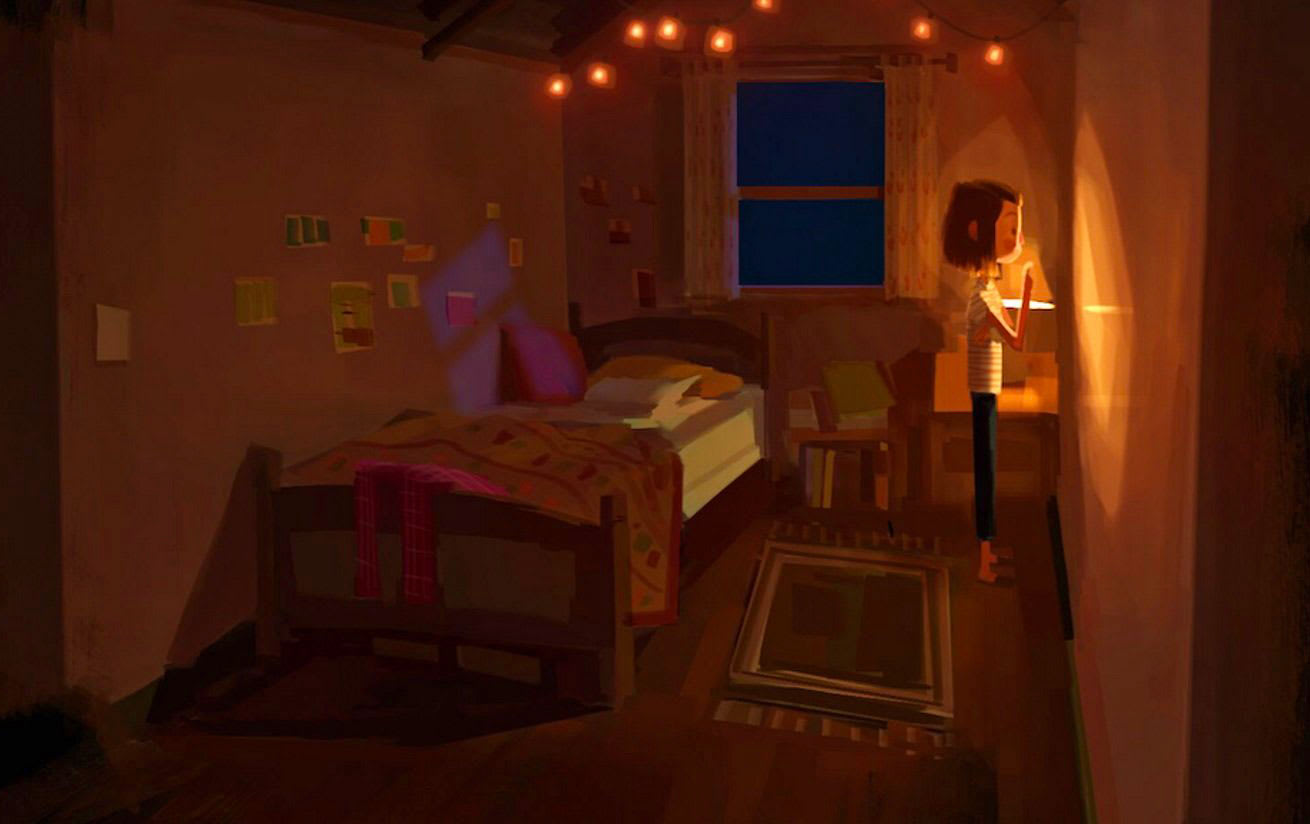China’s Xiaomi has become the latest smartphone maker to tease a folding smartphone, dropping the below video clip of its president and co-founder, Bin Lin, fondling the device on social media today.
The twist is the tablet does not have a single center parting but rather two folds that divide it into three panels, with Xiaomi claiming in a tweet: “It is the world’s first ever double folding phone.”
The video shows Bin contemplating a tablet-sized touchscreen device before quickly turning it on its side, taking it into landscape orientation, where he performs the party trick — folding two panels of screen, one at each side, back behind the tablet to form a slightly chunky looking phablet.
The video is edited so it cuts from front view to back at the moment of the fold so the actual folding action is not seen from the front. But from the back the two folded wings go dark after being folded.
When the video cuts back to the front there’s a slight spinning of the screen, as the software appears to grapple momentarily with the new form factor, before it stablizes in portrait orientation.
The phablet form of the device resembles the bezel-less “infinity display” design of a handset like the 2018 Samsung Galaxy S8 — albeit more squat looking than the tall 18.5:9 aspect ratio of the S8.
Xiaomi’s tweet teaser does not include any details about how near (or indeed far off) a market launch of the device might be. We’ve reached out to the company with questions about the prototype and any launch plans.
Update: A spokesman pointed us to a post on Bin’s Weibo account where he asks his followers for feedback on the prototype, and suggests Xiaomi is still weighing up whether to bring the folding phone to market, writing: “If you like it, we will consider making a mass production machine in the future.”
He also asks for name suggestions, saying Xiaomi is toying with two: Xiaomi Dual Flex or Xiaomi MIX Flex.
“This symmetrical double-folded form perfectly combines the experience of the tablet and mobile phone, which is both practical and beautiful,” he writes [translated via Google Translate], saying building the prototype entailed “conquering a series of technical problems such as flexible folding screen technology, four-wheel drive folding shaft technology, flexible cover technology, and MIUI adaptation.”
“We made the first folding screen mobile phone, which should be the world’s first double folding mobile phone,” he adds, again taking a tentative tone vis-à-vis a potential launch time frame.
In recent months a handful of folding smartphone prototypes have been demoed by mobile makers, including a booklet-style folding slab from Samsung — trailed as incoming for years but finally teased officially last fall — which also appears to transforms into a rather chunky handset.
An invite to a February 20 Samsung launch event for the forthcoming Galaxy S10, sent out to press two weeks ago, also included a conspicuous centerfold in its graphic teaser. Ergo, a commercial launch from Samsung looks imminent.
While, at CES, a little known Chinese OEM called Royole beat others to the punch by showing off a folder in the flesh. In tablet form the Android-powered FlexPai, as the device was christened, is 7.8-inches. But once folded in half the gizmo is left with an unsightly gap between the screen pieces, bulking up the resulting smartphone.
Xiaomi’s triptych looks to offer a more pleasing design for handling the inevitable air gap created by a folding screen by concealing the ends in the middle of the dual folded panels. Side tucks certainly look more visually pleasing.
That said, two folds could mean a higher risk of screen problems — if the folding mechanism isn’t robust enough to handle lots of bending back and forth.
It’s also far from clear whether consumers will generally take to folding phones, or snub them as fiddly and gimmicky.
In recent years smartphone design has converged around a phablet-sized touchscreen and little else. So adding any fresh mechanical complication is a bit of a risk given how smooth and hermetically sealed smartphones have otherwise become.
But a clutch of Android OEMs are going to try their luck, regardless. And with a saturated smartphone market, stalled growth and competition fiercer than ever, you can see why they’re pushing the boat out — or, well, bending the screen back — to try to stand out.
![]()

 Edward Saatchi is the rare VR studio head who doesn’t have much faith in the future of virtual reality movies. That’s what we learned from our conversation with him last year — now, he’s ready to commit to that idea. At Sundance today, Saatchi annou…
Edward Saatchi is the rare VR studio head who doesn’t have much faith in the future of virtual reality movies. That’s what we learned from our conversation with him last year — now, he’s ready to commit to that idea. At Sundance today, Saatchi annou…



 Dropbox has added time-based commenting for audio and video files, the company has announced. This new support makes it possible to leave comments at specific times on both content types, eliminating the need to put the comments in a separate email or document. Other Dropbox users with access to the file can view the comments and leave their own, simplifying …
Dropbox has added time-based commenting for audio and video files, the company has announced. This new support makes it possible to leave comments at specific times on both content types, eliminating the need to put the comments in a separate email or document. Other Dropbox users with access to the file can view the comments and leave their own, simplifying …